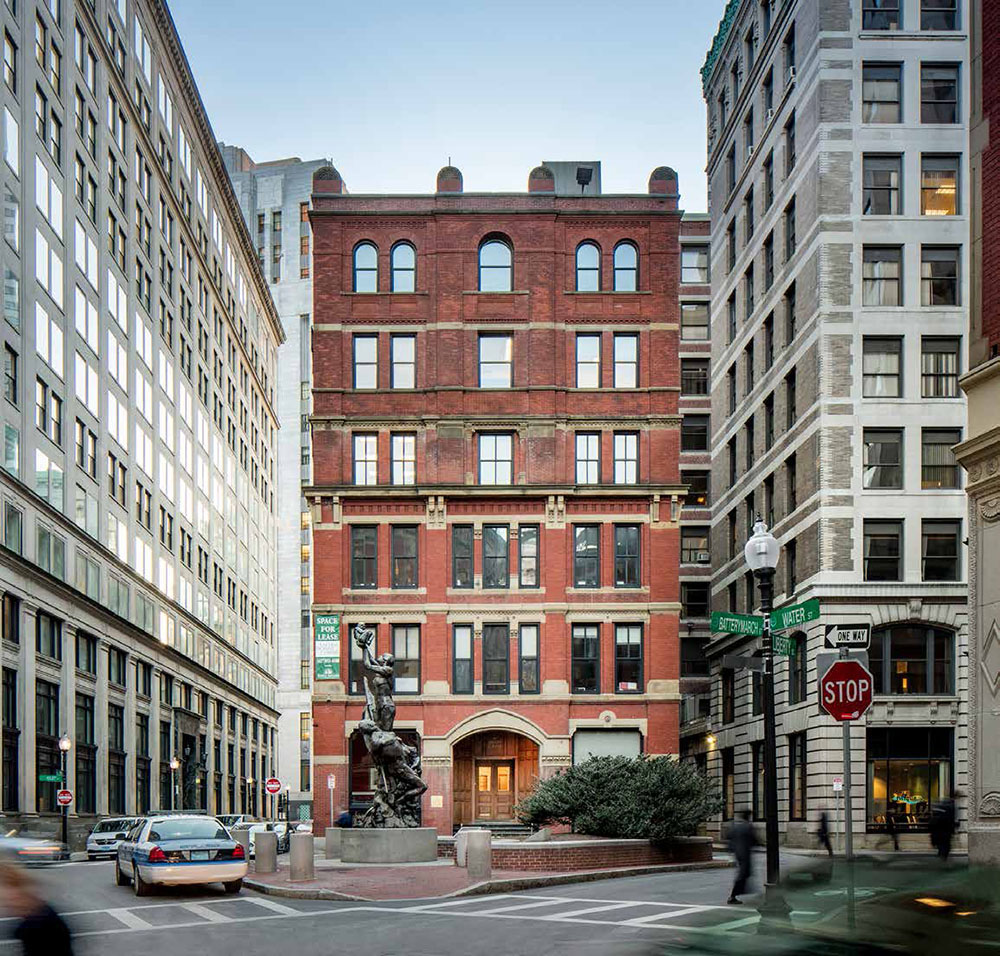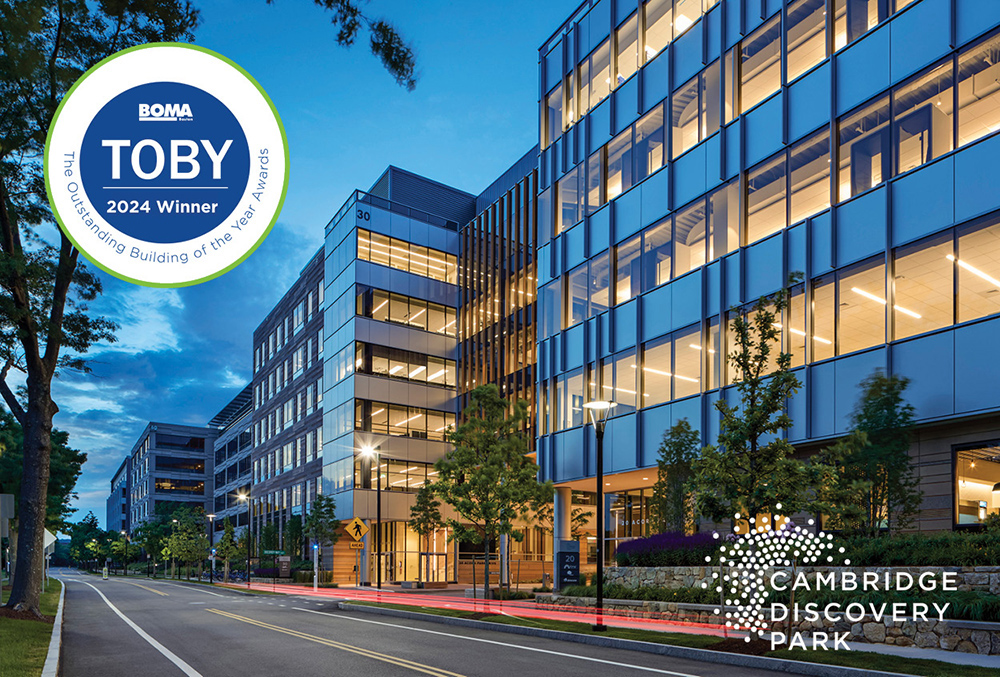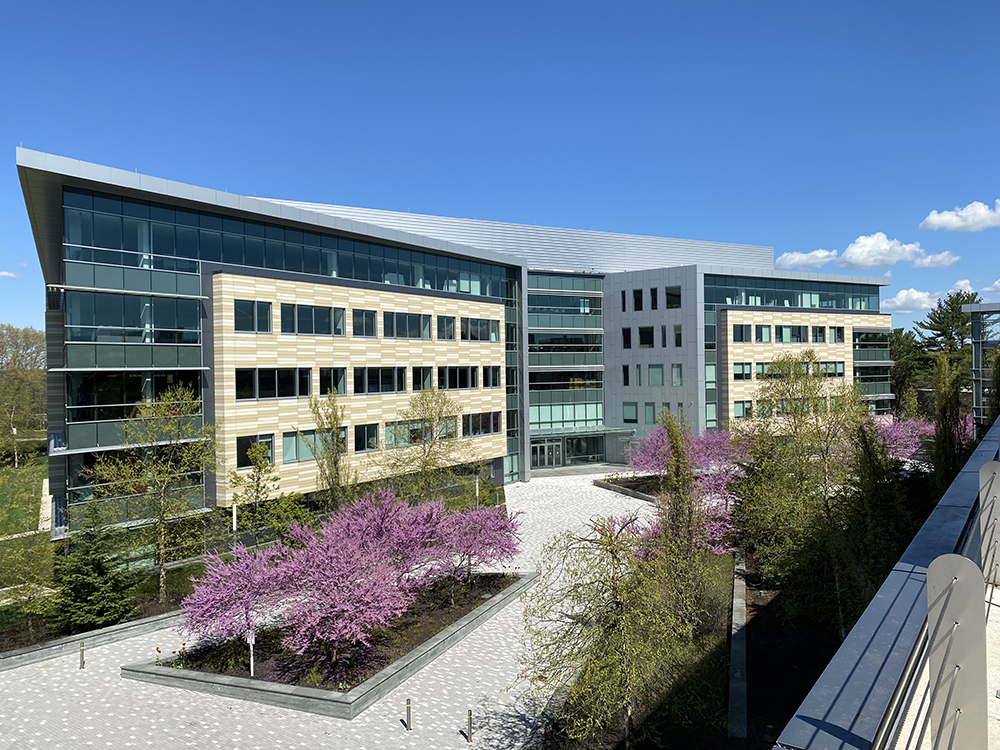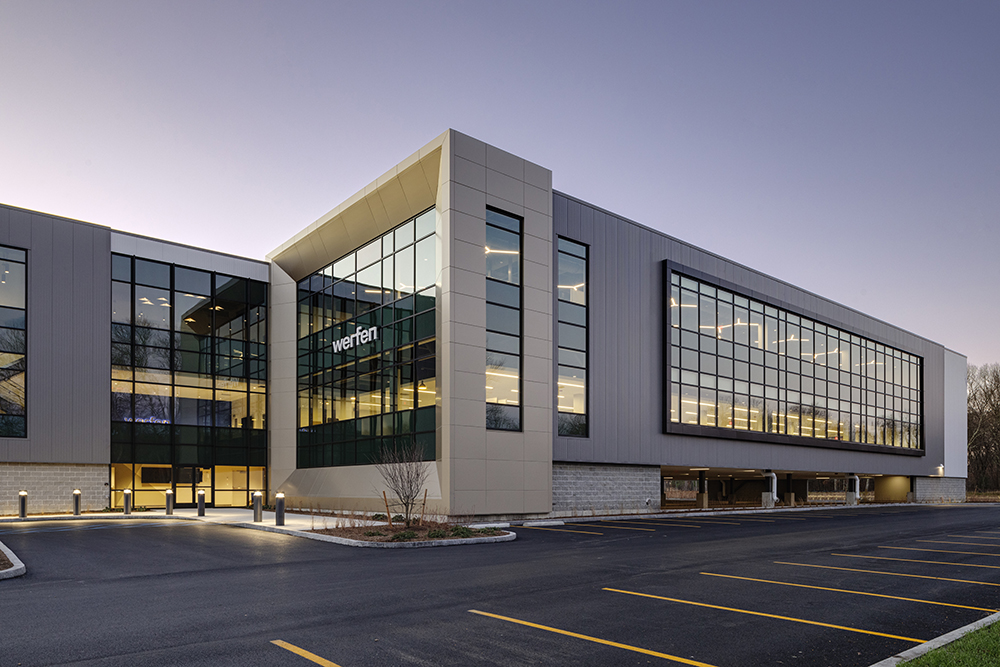Boston’s Seaport: Changing the city’s skyline - by Ann Sobolewski
Real estate developer Tishman Speyer, who recently purchased the Channel Center parking garage and State Street Corp.’s office building in South Boston, is expanding the 3.16 million s/f of property it currently owns in Massachusetts by redeveloping Pier 4, the former home of popular seafood spot Anthony’s Pier 4 restaurant on the South Boston waterfront. Plans call for the development of a 100-unit luxury residential complex and 13-story office tower. But Tishman isn’t the only developer getting in on the act. Real estate development firm The Drew Co. also recently announced plans for the next phase of its Waterside Place development in the Seaport District, including a 278-unit residential tower and 2,000 s/f of street-level retail space.
Both of these large-scale projects are being revealed at a time when concerns about the Seaport’s lack of a “neighborhood feel” and associated amenities are a hot topic of discussion. However, before we ask ourselves whether these developments will give the Seaport the “vibe” residents are reportedly looking for, we should keep in mind that this area is creating an identity unlike any other within the city of Boston. Unlike the historic North End and other well-known Boston neighborhoods, some of the latest projects in the Seaport are quite literally taking on a unique shape, including Skanska USA’s 17-story development at 121 Seaport Blvd. Similarly, Tishman Speyer is classifying its new Seaport development as a “statement” building due to its distinctive look and creative architectural design.
Despite criticism by some who perceive a lack of architectural appeal and neighborhood charm in the Seaport, there’s no denying the area is bringing a wealth of residents to downtown Boston. Many of these residents are interested in living in close proximity to where they work – a quality that until recently been associated exclusively with millennials who value convenience and environmentally-friendly access to amenities. As developments continue to grow in the Seaport, it stands to reason that residential “neighborhood” amenities will follow sooner rather than later, even if some major retailers remain skeptical. For example, grocery stores chains including Stop & Shop have cited a lack of foot traffic as their main concern about moving into the area, however this is a concern that will continue to be alleviated as more residents populate the area.
While the specific implications of a large developer like Tishman Speyer controlling large swaths of prime Boston real estate including land in the Seaport remains to be seen, Tishman is certainly a developer to contend with, especially in light of the State Street acquisition so close on the heels of their Pier 4 deal. The company is building its Boston portfolio and profile simultaneously.
As Boston’s Seaport continues to prosper, there are high hopes for the area and its impact on the city’s residential and commercial real estate markets. Despite, and perhaps because of criticism surrounding its so called “lack of character,” Seaport developers are taking extra care when it comes to architectural designs, and working hard to facilitate a modern, unique identity for residents and visitors alike to embrace.
Ann Sobolewski is partner at Posternak Blankstein & Lund, Boston, Mass.
Newmark negotiates sale of 10 Liberty Sq. and 12 Post Office Sq.

Five ways to ruin a Section 1031 Like-Kind Exchange - by Bill Lopriore

How COVID-19 has impacted office leasing - by Noble Allen and John Sokul

Four tips for a smooth 1031 Exchange - by Bill Lopriore










